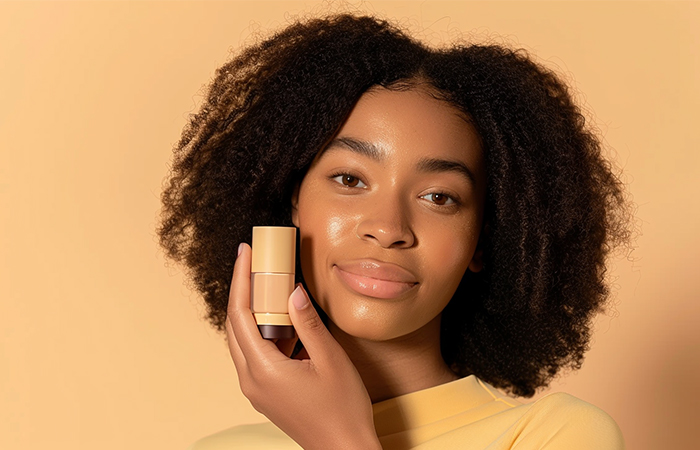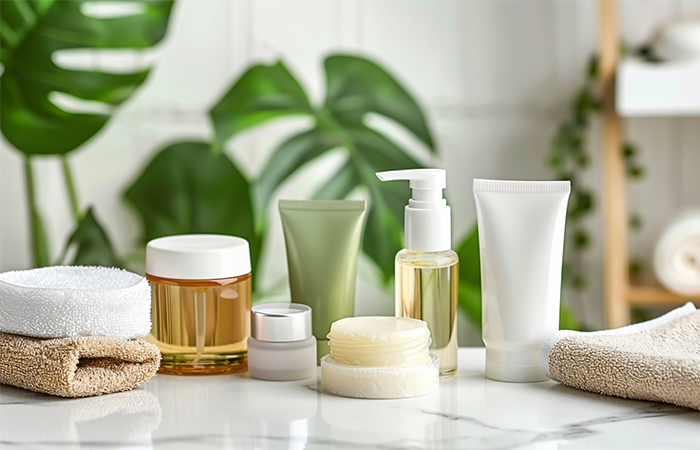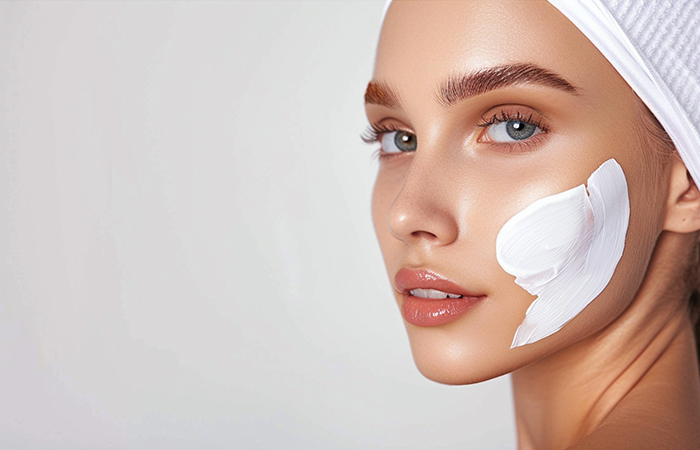The Ultimate Guide to Layering Your Skin-Care Products for Optimal Results

Navigating the world of skin-care products can feel overwhelming, especially with the vast array of options available today. But don’t worry—figuring out the correct order for your skin-care routine doesn’t have to be complex. By following a few key principles, you can ensure that each product works to its fullest potential. Whether you're new to skin care or looking to refine your routine, these expert tips will help you layer your products effectively.
1. Begin with the Lightest Products
Start with the products that have the lightest consistency. After cleansing, apply a toner, which typically has a water-like texture. Toners help remove dead skin cells and prepare your skin for better absorption of subsequent products. If you're using a toner with exfoliating ingredients, like salicylic or glycolic acid, this should be your first step. These acids help to clear away dead skin cells and keep pores unclogged, enhancing the effectiveness of the following products.
For a deeper exfoliation, consider using peel pads before your toner. However, remember to use these sparingly to avoid over-exfoliating your skin.
Editor's Pick:

2. Apply Serums Next
Serums are designed to deliver active ingredients deep into the skin. They should come after toning but before moisturizers. Choose serums that target your specific skin concerns. For instance, you might use a serum with peptides for anti-aging, or one with salicylic acid if you have oily skin. Serums are generally lightweight and are formulated to penetrate deeply, so apply them after your toner and before heavier products.
Editor's Pick:
COSRX Snail Mucin 96% Power Repairing Essence
3. Incorporate Antioxidants
Vitamin C is a crucial ingredient for all skin types. It brightens the complexion, protects against environmental damage, and supports collagen production. Apply a potent vitamin C serum after your other serums but before any treatments or moisturizers. Avoid pairing vitamin C with toners or moisturizers containing alpha hydroxy acids (AHAs), as they can destabilize the vitamin C. Instead, choose products with antioxidants like green tea or resveratrol if you're using AHAs.
Editor's Pick:

4. Treat Blemishes
If you have acne-prone skin, this is the stage to apply spot treatments. Products containing benzoyl peroxide are effective for targeting breakouts. Apply these treatments after your serums but before your moisturizer. Spot treatments generally have a thicker consistency and work best when applied directly to affected areas.

5. Seal in Moisture
Moisturizers are essential for hydrating your skin and locking in the benefits of the previous products. They help seal in serums and treatments, making them more effective. Choose a moisturizer that suits your skin type—lighter gels for oily skin and richer creams for dry skin. Apply this step last to ensure that all your previous products are effectively absorbed.
Editor's Pick:
6. Add Facial Oils Wisely
If you use facial oils, apply them after your moisturizer. Oils can help lock in moisture and add radiance to dry areas. However, if you’ve used multiple serums, you might want to skip the oil to avoid looking greasy. Apply the oil sparingly and focus on areas that need extra hydration.
Editor's Pick:
Palmer's Cocoa Butter Formula Moisturizing Skin Therapy Oil for Face

7. Protect with Sunscreen
In the morning, your final step should always be sunscreen. Sunscreen protects your skin from harmful UV rays and prevents premature aging. It should be the last product you apply in the morning to ensure that it sits on top of your skin and offers full protection. Remember, using a separate sunscreen is crucial, even if your moisturizer or foundation contains SPF.
Editor's Pick:
EltaMD UV Clear Face Sunscreen SPF 46
8. End the Day with Retinol
At night, incorporate retinol into your routine for its anti-aging benefits. Retinol should be used after cleansing and before moisturizing. Avoid using retinol in the morning or with certain ingredients like vitamin C or salicylic acid, as it can be sensitive to sunlight and some combinations. After applying retinol, follow up with a basic moisturizer and skip exfoliating for the next couple of days to avoid irritation.
Editor's Pick:
The Ordinary Retinol 1% in Squalane
By following these guidelines, you can ensure that each product in your skin-care routine works harmoniously, giving you the best possible results.
![]() Top Headlines
Top Headlines
